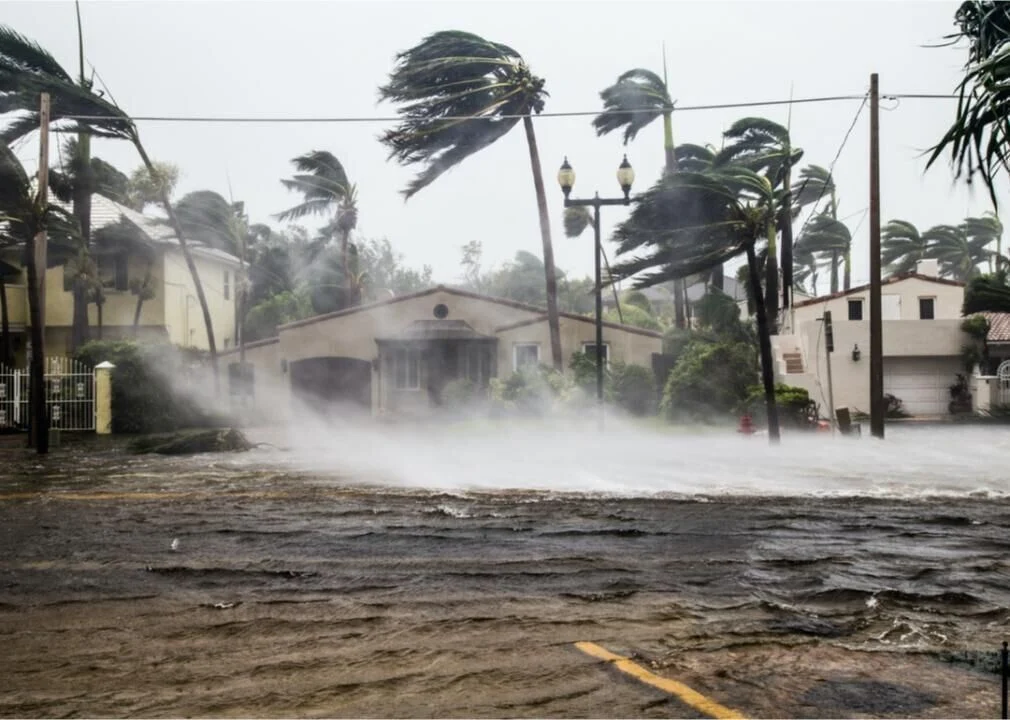Tropical Storm Hilary inundated streets across Mexico’s arid Baja California Peninunsula with deadly floodwaters Sunday before moving over Southern California, where it swamped roads and downed trees, as concerns mounted that flash floods could strike in places as far north as Idaho that rarely get such torrential rain.
Forecasters said Hilary was the first tropical storm to hit Southern California in 84 years, bringing flash floods, mudslides, high winds, power outages and the potential for isolated tornadoes.
Hilary made landfall along the Mexican coast in a sparsely populated area about 150 miles (250 kilometers) south of Ensenada, then moved through mudslide-prone Tijuana, threatening the improvised homes that cling to hillsides just south of the U.S. border.
At least 9 million people were under flash-flood watches and warnings as heavy rain fell across normally sunny Southern California ahead of the brunt of the storm. Desert areas were especially susceptible along with hillsides with wildfire burn scars, forecasters warned.
Mud and boulders spilled onto highways, water overwhelmed drainage systems and tree branches fell in neighborhoods from San Diego to Los Angeles. Dozens of cars were trapped in floodwaters in Palm Springs and surrounding desert communities across the the Coachella Valley. Crews pumped floodwaters out of the emergency room at Eisenhower Medical Center in Rancho Mirage.
The Los Angeles Unified School District, the nation’s second largest school system, said all campuses would be closed on Monday.
“There is no way we can compromise the safety of a single child or an employee, and our inability to survey buildings, our inability to determine access to schools makes it nearly impossible for us to open schools,” Superintendent Alberto Carvalho said at a media briefing. San Diego schools postponed the first day of classes from Monday to Tuesday.
Southern California got another surprise in the afternoon as an earthquake with a preliminary magnitude of 5.1 hit near Ojai, about 80 miles (130 km) northwest of downtown Los Angeles, according to the U.S. Geological Survey. It was felt widely and was followed by smaller aftershocks. There were no immediate reports of major damage or injury, according to a dispatcher with the Ventura County Sheriff’s Office.
Hilary could wallop other Western states with once-in-a-century rains, with a good chance of it becoming the wettest known tropical cyclone to douse Nevada, Oregon and Idaho. Hilary was expected to remain a tropical storm into central Nevada early Monday before dissipating.
By Sunday evening, Hilary had moved over San Diego and was headed north into inland desert areas. Around midday, it had maximum sustained winds of 60 mph (97 kph).
Hurricane Center Director Michael Brennan said that while Hilary had weakened from a Category 4 hurricane, it’s the water, not the wind, that people should watch out for most — some areas could get as much rain in hours that they typically get in a year.
(AP)

